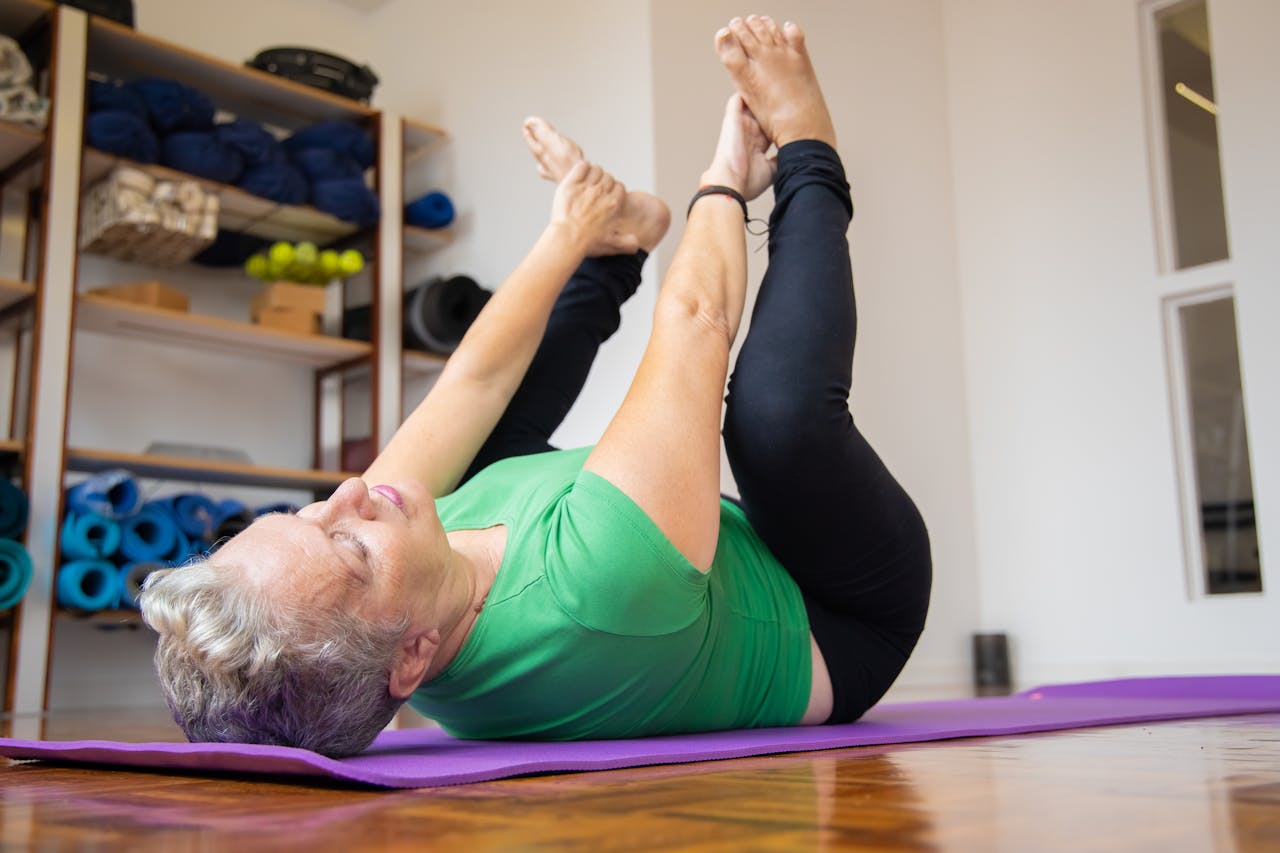Fertility
Women transition through multiple phases throughout their life cycle. A woman’s life cycle starts right at birth. Women are born with a finite number of eggs, which are stored in their ovaries. The quantity and quality of a woman’s eggs are largely determined at birth. This supply of eggs begins to decline gradually as women age. It’s important to note that although the quantity and quality of a woman’s eggs are largely determined at birth, there are steps that women can take throughout their lives to optimize their reproductive health and preserve fertility.
For couples navigating the journey of fertility, the path to parenthood can be filled with hope, anticipation, and sometimes, challenges. Fertility struggles affect millions of people worldwide. While medical interventions such as assisted reproductive technologies offer hope for many, there is growing interest in complementary approaches. One such approach is yoga. Yoga can support fertility by reducing stress, improving circulation to the reproductive organs, and balancing hormone levels.
Stress can have profound effects on the body, including disrupting hormonal balance and impairing reproductive function. Deep breathing practices such as abdominal breathing, Naadi Shuddi Pranayama (alternate nostril breathing) can calm down the nervous system and promote relaxation. Yoga Nidra, a guided relaxation technique can induce a state of deep relaxation and inner awareness. Yoga poses like Balasana (Child’s pose), Makarasana(Crocodile pose) and savasana(Corpse pose) can help release tension in the body and quiet the mind
Healthy circulation is essential for optimal reproductive function, as it ensures that the reproductive organs receive an adequate supply of oxygen and nutrients. Poor circulation to the pelvic region can impair fertility by affecting the health of the ovaries, uterus, and fallopian tubes. Yoga sequences such as Surya namakaram(Sun salutation) improve circulation throughout the body, including the pelvic area, hip openers asanas such as malasana, Baddhakonasana(butterfly pose) help to increase mobility in the hips and pelvic regions, inversions such as viparita karini and halasana(plough pose) help increase blood flow to the reproductive organs, nourishing the tissues and promoting overall reproductive health.
Hormonal balance plays a crucial role in fertility, as hormones regulate the menstrual cycle, ovulation, and the health of reproductive organs. Imbalances in hormone levels, such as elevated stress hormones or irregularities in estrogen and progesterone, can disrupt ovulation and impair fertility. Yoga poses like Sethu Bandhasana(Bridge pose), Matsyasana(Fish pose) and sarvangasana(Shoulder stand) help to stimulate the endocrine system responsible for producing and secreting hormones. Pranayama techniques like Naadi Shodhana (Alternate Nostril Breathing) and Bhramari (Bee Breath) can help calm the nervous system and reduce stress, promoting hormonal equilibrium.
Menopause
Menopause is a natural phase of life that marks the end of a woman’s reproductive years. While it is a normal transition, the hormonal changes that occur during menopause can lead to a range of physical and emotional symptoms, including hot flashes, mood swings, insomnia, and fatigue. Yoga can be supportive in managing these symptoms and help to navigate this life transition with greater ease and grace
Yoga can help alleviate hot flashes and night sweats, which are common symptoms of menopause. Cooling pranayama such as Sitali & sitkari (Cooling Breath) and Seated Forward Bend (Paschimottanasana) can help regulate body temperature and reduce the intensity of hot flashes. Restorative yoga poses like Supta Matsyendrasana(Supported Reclining Twist) and viparita karani(Legs-Up-the-Wall Pose) can promote relaxation and improve sleep quality, reducing the frequency and severity of night sweats.
Menopause can bring about fluctuations in mood and emotional well-being. Yoga offers effective tools for managing stress, anxiety, and mood swings. Mindfulness practices such as meditation and mindful breathing can help women cultivate awareness of their thoughts and emotions, promoting emotional resilience and stability. Yoga poses that open the chest and heart center, such as Ustrasana(Camel Pose) and Matsyasana(Fish Pose), can uplift mood and alleviate feelings of depression and sadness.
Menopause is associated with a decline in estrogen levels, which can lead to bone loss and an increased risk of osteoporosis. Weight-bearing yoga poses like Vrksasana(Tree Pose) and Virabhadrasana(Warrior pose) help build bone density and strengthen the muscles that support the skeletal system. Gentle backbends like Cobra Pose (Bhujangasana) and Bridge Pose (Setu Bandhasana) can promote spinal health
Conclusion
Menopause is a profound and transformative journey that presents both challenges and opportunities for growth. By incorporating yoga into their daily routine, women can cultivate resilience, balance, and acceptance as they navigate this transition.




No comment